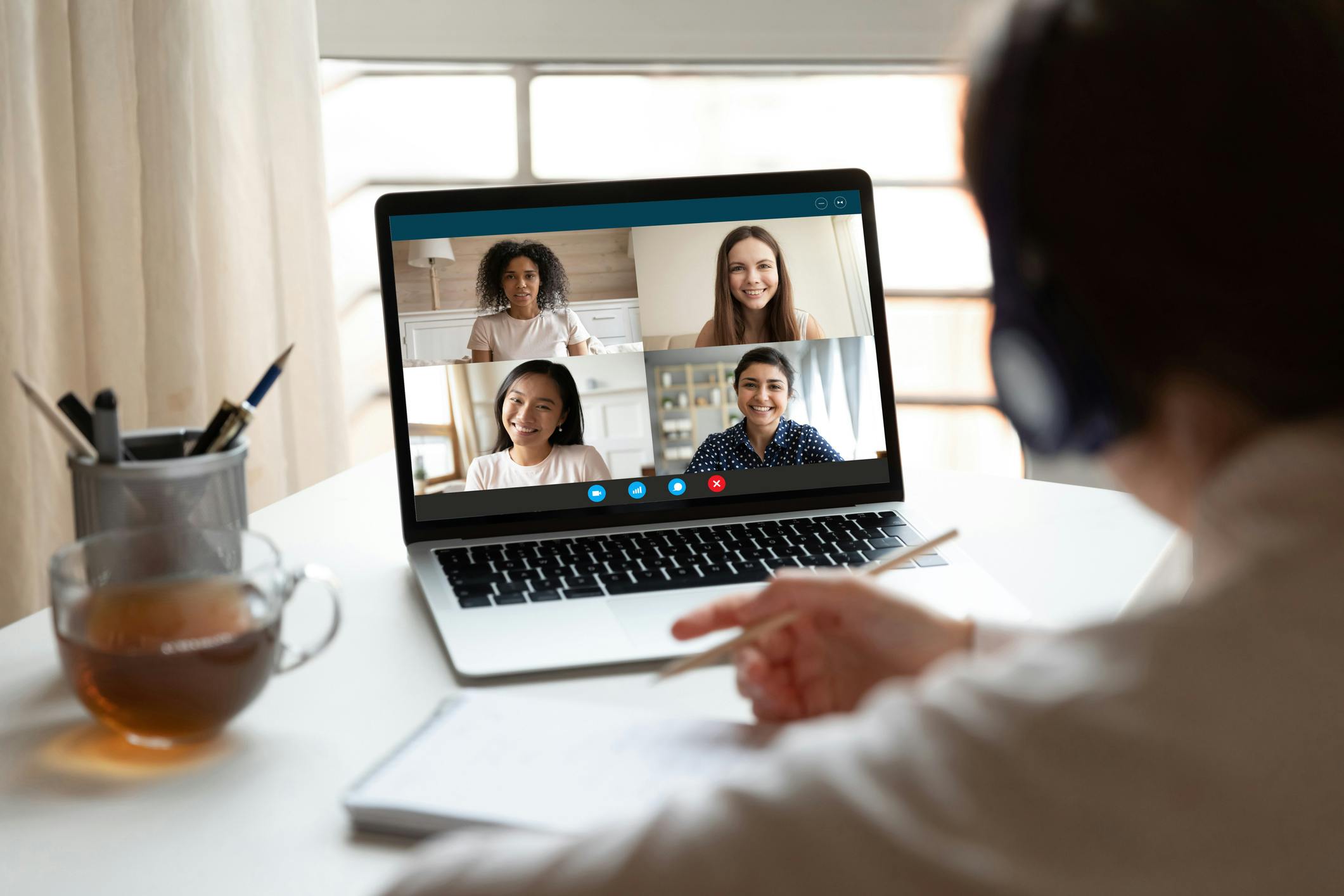
Helping College Students Navigate Careers During COVID-19
With the global economy in turmoil from the COVID-19 pandemic, many college students and graduating seniors are struggling to identify or properly transition to the next steps in the professional world. Job offers are being rescinded and start dates are being pushed back by up to six months. Likewise, internships, which are conducted traditionally in person at an organization’s workplace, are also being canceled or moved online. Given all the uncertainty, is there a way for higher education institutions to better prepare students for this unpredictable landscape?
In a recent survey of more than 2,000 internship candidates, Remote Internships found that 28 percent of respondents said they are considering changing their career path to better cope with the professional world amid COVID-19. While it’s virtually impossible to forecast global events like a pandemic, the findings highlight an interesting consideration: What can institutions do to help current students and new graduates properly assess and navigate career options?
Develop an Interactive Communications Program
An institution needs to let its students and graduates know that it understands their challenges and that faculty and staff are developing programs that can help. Decision-makers should think about soliciting student and graduate opinions and working those suggestions into programs.
Use Assessment Software
Higher education institutions should use online coaching software to help students align their academic programs with long-term career goals. Students should be able to take an assessment of their career goals and interests and then meet with an advisor to discuss fears, concerns, and opportunities. By mapping assessment findings with students’ current and future academic trajectories, students can ensure that they align their interests with potential careers. This alignment allows students to optimize their learning journeys to minimize completion delays.
Introduce Competency-Based Education
Introducing a competency-based education (CBE) program can help students develop and hone new skills to increase their opportunities for landing positions they want. CBE can incorporate life experiences and prior learning outside of an educational setting into learning programs. CBE permits students to learn at their own pace, integrating classes into their unique schedules so they can work on their own time rather than the school’s time. CBE programs also allow students to expand skillsets and demonstrate their mastery and application of a skill or subject, rather than advancing through predetermined seat time in a classroom or program.
Offer Mentorship Through Career Services and Alumni
Just like there is a gap between high school graduation and entering college, there is also a gap between college graduation and entering the workforce. Some students have a tough and may need a little guidance to help them make the transition. They may need resume and cover letter reviews, job search assistance, interview preparation and practice, or graduate school and employment application help.
Current students, particularly the ones who are reassessing their existing direction, may need education decision-making help, assistance to evaluate internships, or help in assessing career options. Institutions can offer workshops, group meetings, alumni guest speakers, or even one-on-one meetings to support students who have questions.
Support New Skills Development With Free Online Courses
Institutions that offer free online courses may become a “go-to” resource for students with concerns about their futures. There are so many free courses now available online that can help new graduates and current students expand their skillsets. Many ivy league schools are already offering bootcamps that offer free classes. Institutions should help students be productive and develop new skills if they are unemployed.
Develop Stronger Ties to Local Business Communities
Higher education institutions can work closely with the business community to create feeder programs and new skills programs. It is a mutually beneficial arrangement for both institutions as well as local businesses. Staff should communicate these efforts to students, alumni, and prospective students to maximize visibility into the opportunities they present.
Students and new graduates are facing unprecedented times in the workforce. It is more important than ever that institutions help their students and alumni succeed in the future.



